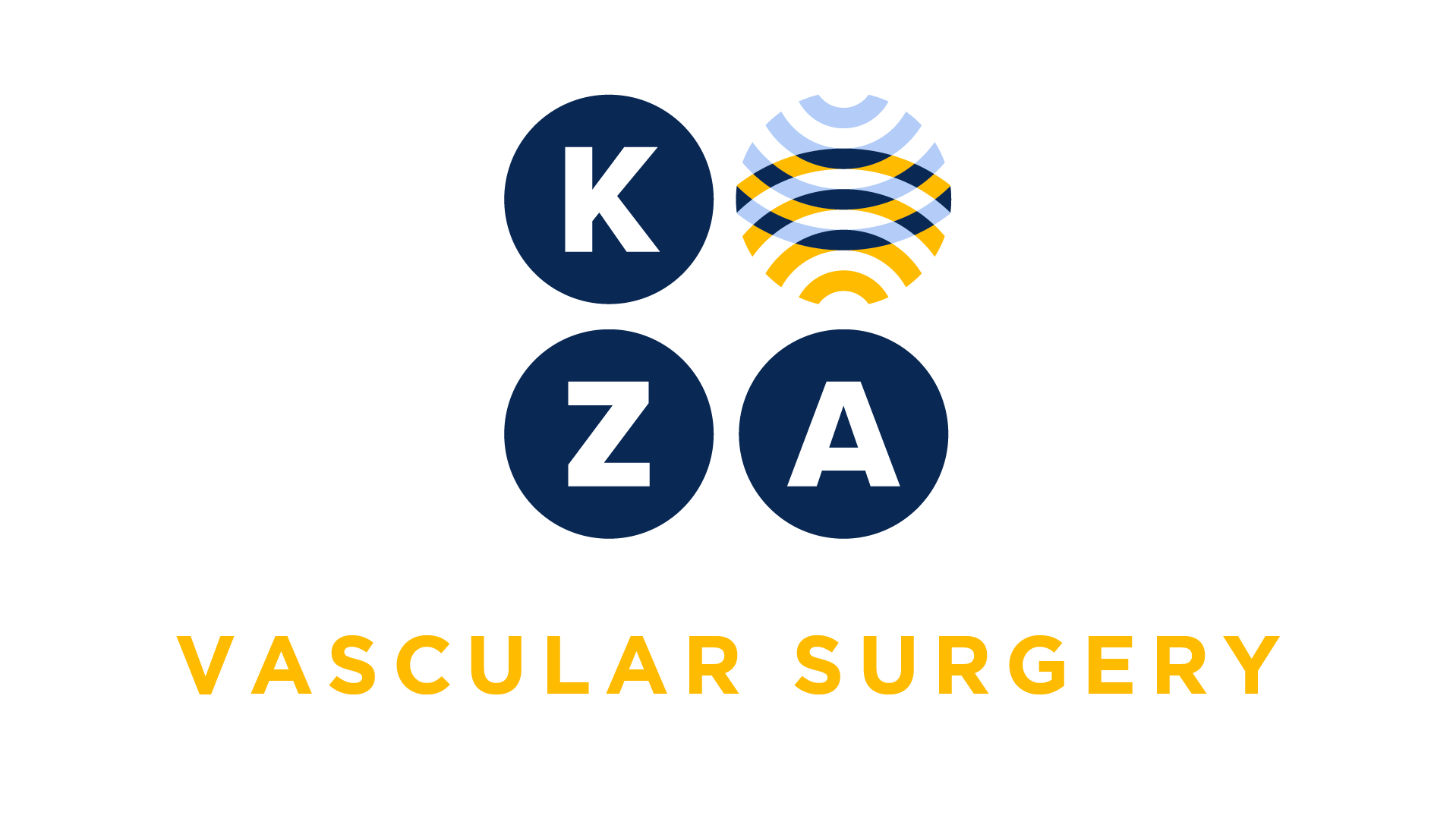
Choose your specialty from the list below to see how our experts have tackled a wide range of client questions.
Looking for something specific? Utilize our search feature by typing in a key word!
Coding Debridement for an Ulcer
I debrided and ulcer. How do I know if I use 97965 or 11042?
Question:
I debrided and ulcer. How do I know if I use 97965 or 11042?
Answer:
Code 97597 is described by CPT as adebridement(e.g., high pressure waterjet with/without suction, sharp selective debridement with scissors, scalpel and forceps), open wound, (e.g., fibrin, devitalized epidermis and/or dermis, exudate, debris, biofilm), including topical application(s), wound assessment, use of a whirlpool, when performed and instruction(s) for ongoing care, per session, total wound(s) surface area; first 20 sq cm or less.By definition it is exclusively for selective debridement of the skin, epidermis and dermis.
In contrast, code 11042, is for a deeper selective debridement, one that includes the dermis, epidermis and subcutaneous tissue. The code description statesDebridement, subcutaneous tissue (includes epidermis and dermis, if performed); first 20 sq cm or less.
For any debridement make sure to document the depth of the tissue debrided, the location of the debridement and the size of the debridement. Other selective debridement codes (11043 and 11044) are also coded by the depth of tissue removed; muscle and/or fascia for 11043 and bone for 11044.
*This response is based on the best information available as of 09/21/17.
Moderate sedation Denials. How do we get paid for 99153?
We are billing the new moderate sedation codes, but are getting denied on the second 15 minutes, 99153. Almost all our patients have sedation for more than 15 minutes. What are
Question:
We are billing the new moderate sedation codes, but are getting denied on the second 15 minutes, 99153. Almost all our patients have sedation for more than 15 minutes. What are we doing wrong?
Answer:
You are doing nothing wrong! The codes you are referencing are listed below. Code 99151 or 99152 are paid without a problem. It’s code 99153 that is the issue. When Medicare valued these new codes as part of the Medicare Physician Fee Schedule, 99152 (or G0500 for GI endoscopy procedures) had an RVU assigned. Code 99153, for the second 15 minutes, (or a minimum of 23 minutes total of sedation) did not have a professional fee value assigned, indicating that Medicare will not pay for these additional minutes. Medicare considers all physician work for moderate sedation to be covered by the single code; 99151 (or G0500 for GI endoscopy procedures). Continue to bill per CPT guidelines that allow this second code. Private payors may pay for this code. Write off the Medicare denial.
|
CPT Code |
Description |
|
?99151 |
Moderate sedation services provided by the same physician or other qualified health care professional performing the diagnostic or therapeutic service that the sedation supports, requiring the presence of an independent trained observer to assist in the monitoring of the patient’s level of consciousness and physiological status; initial 15 minutes of intra-service time, patient younger than 5 years of age |
|
?99152 |
initial 15 minutes of intra-service time, patient age 5 years or older |
|
+99153 |
each additional 15 minutes intra-service time (List separately in addition to code for primary service) |
|
G0500 |
Moderate sedation services provided by the same physician or other qualified health care professional performing a gastrointestinal endoscopic service that sedation supports, requiring the presence of an independent trained observer to assist in the monitoring of the patient’s level of consciousness and physiological status; initial 15 minutes of intra-service time, patient age 5 years or older. Report additional time with 99153 as appropriate Use only for GI endoscopy procedures for Medicare patients |
*This response is based on the best information available as of 07/27/17.
Coding a Vena Cava Thrombectomy with a Urologist Co-Surgeon
A urologist asked me to clear the thrombus and repair the vena cava during a radical nephrectomy for tumor resection. What code should I use?
Question:
A urologist asked me to clear the thrombus and repair the vena cava during a radical nephrectomy for tumor resection. What code should I use?
Answer:
In this case, you are acting as a co-surgeon on code 50230, nephrectomy, including partial ureterectomy, any open approach, including rib resection; radical with regional lymphadenectomy and/or vena cava thrombectomy. You will report 50230-62 and the urologist will also report 50230-62. Note that if either surgeon also performs a lymphadenectomy, that is also included in 50230.
*This response is based on the best information available as of 05/25/17.
Dialysis Access Creation in Lower Extremity
I created an AV access in the leg. What code do I use for this?
Question:
I created an AV access in the leg. What code do I use for this?
Answer:
The CPT codes for AV graft or fistula creation apply to the lower extremity as well as the upper extremity. Take a look at codes 36281- 36830 for the most appropriate code for the procedure you performed.
WEBINAR ALERT!The codes for AV access/dialysis circuit imaging and interventions all change on January 1, 2017. JoinTeri Romanofor a webinar on these and other new vascular codes on December 14, 2016.
*This response is based on the best information available as of 12/01/16.
Minor vs. Major Procedure
What is the difference between a minor and major procedure?
Question:
What is the difference between a minor and major procedure?
Answer:
A minor procedure is defined as one with a zero or 10 day global period. For example, debridement has a zero day global period, and excision of a benign skin lesion has a 10 day global period. A major procedure is defined as one with a 90 day global period. Most open surgical procedures have a 90 day global period. Procedures are paid a global “flat fee” and E/M visits and other procedures directly related to the original procedure during the global period are considered inclusive to that procedure and not separately reported/billed. Exceptions occur and modifiers are used to describe these exceptions and allow payment. For example, you perform an unrelated procedure during the global period or one that is staged from the first. Refer to the modifier section of the CPT manual for descriptions of modifiers and attend a KZA Coding workshop to learn how to accurately use modifiers specific to your specialty.
*This response is based on the best information available as of 05/12/16.

